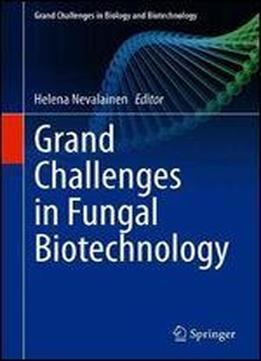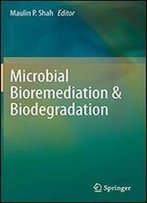
Grand Challenges In Fungal Biotechnology
by Helena Nevalainen /
2019 / English / PDF
12.2 MB Download
This volume provides a comprehensive overview of how fungal biotechnology finds applications in industry, the environment and in our everyday lives. It also introduces consortia and projects that develop this branch of white biotechnology and explores its economic potential. The chapters highlight the scope of the applications of fungal biotechnology and provide up-to-date reports on the recent advances and opportunities in each topic area, presenting new and sustainable solutions to some of the major challenges faced by society. Aimed at research scientists and biotechnologists in academia and industry, it is essential reading for anyone interested in fungal biotechnology as well as those working within the broader area of microbial biotechnology. Written in an accessible language, the book is also a valuable reference resource for decision-makers in government and non-governmental organizations involved in the development of cleaner technologies and the global bioeconomy. In the 21st Century, there are a number of challenges in the areas of health, developing sustainable bioeconomy, facilitating agricultural production and establishing practices that support a cleaner environment. While there are chemical solutions to some of these challenges, finding solutions based on lessons learned from nature is becoming increasingly important. Filamentous fungi, which have been called the forgotten kingdom, are a group of organisms, whose full potential is yet to be discovered. Some of their properties, such as the extraordinary capacity to secrete enzymes into the external environment have been harnessed for the production of industrial enzymes and for purposes like hydrolysis of cellulosic biomass for biofuel production. Using fungal synthesis to produce therapeutic molecules is still in the pipeline. This book discusses strategies including high-throughput screening, automation and miniaturization, which are key to utilizing this process. It also explores the solutions that nature has developed to cope with challenging biochemical problems provide inspiration for further innovations in areas like industrial processing technologies, food security and environmental protection. The growing interest in developing fungal biotechnology, especially in Europe, is reflected by the number of consortia dedicated to developing this field. Chapter Aspergillus Niger: The First Steps Towards Space Biotechnology is available open access under a Creative Commons Attribution 4.0 International License via link.springer.com.











